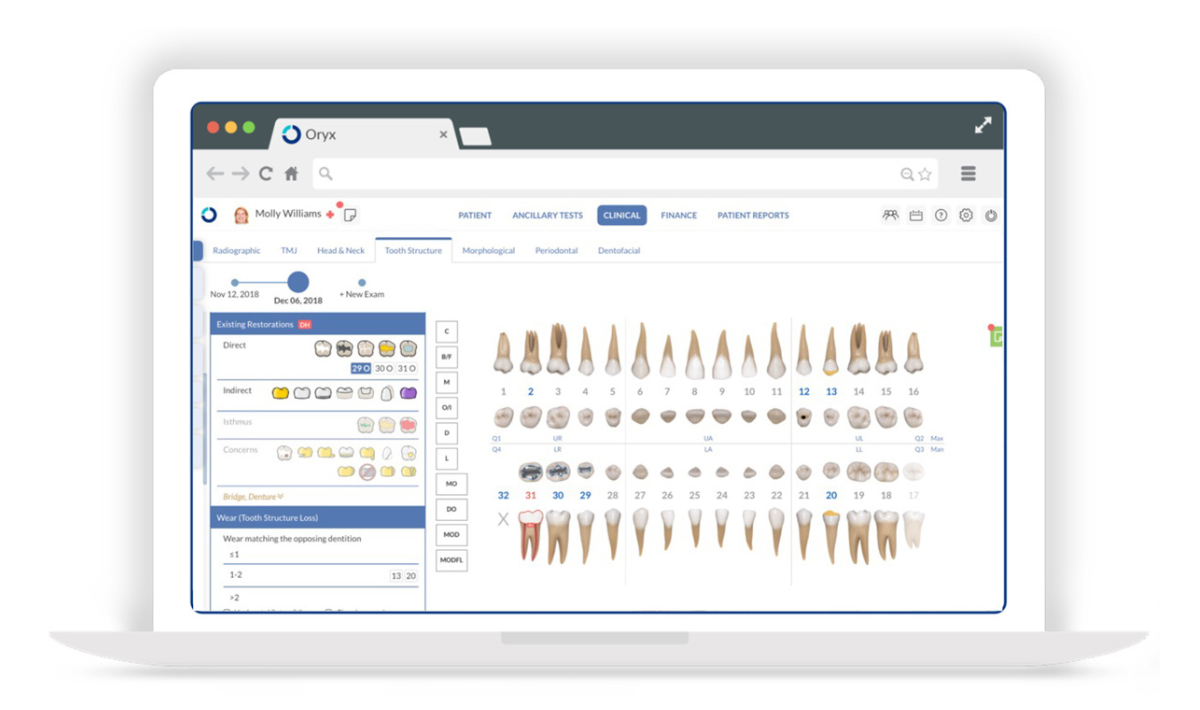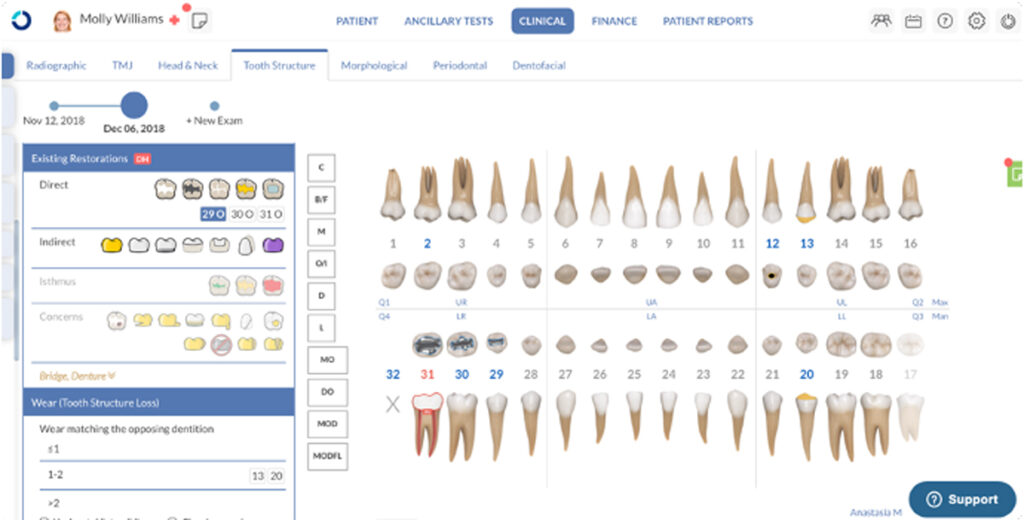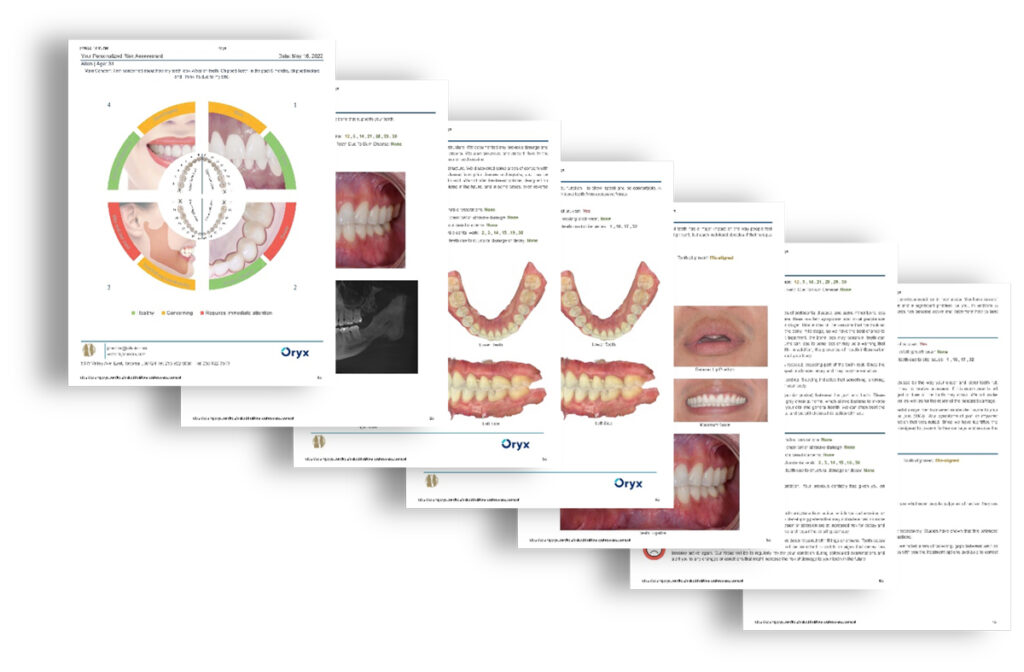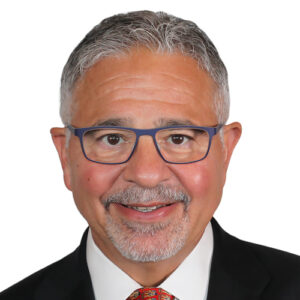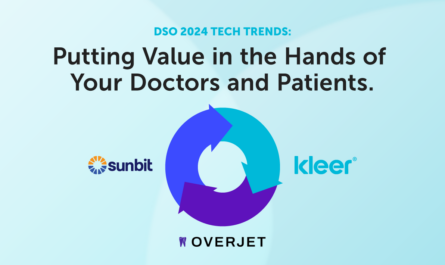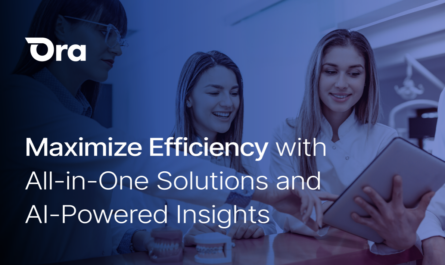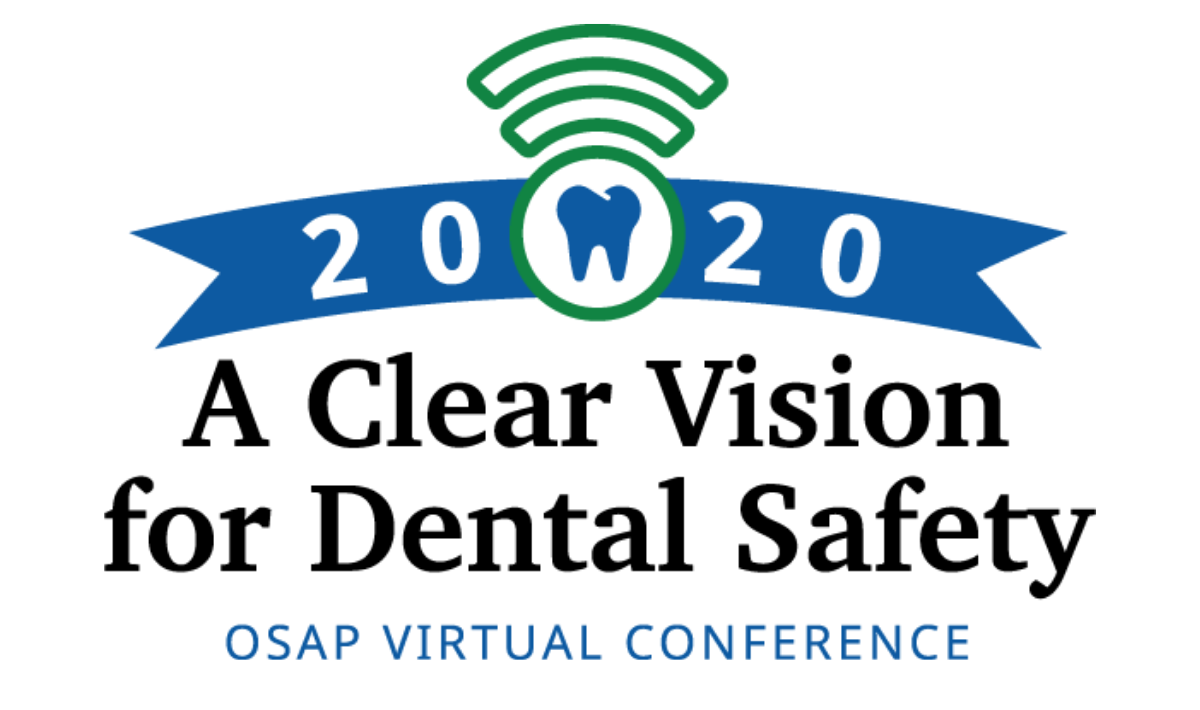Evidence-based dentistry is more than just looking at data. It’s looking at individual patient needs.
By Dr. John Kois
Innovations and techniques in dentistry are changing all the time. Evidence-based dentistry can also be the future of our industry by restructuring the new normal understanding of the dentist/patient relationship.
One of the things I emphasize at the Kois Center is that the phone should only ring at your business for two reasons: growth (new patients) and praise. If the phone rings for anything else, it’s rarely good news. Evidence-based dentistry is more than just looking at data. It’s looking at individual patient needs. It’s being able to make decisions by weighing your clinical expertise and leveling patient choices that also provide a value proposition. This is not so easy.
In today’s market, evidence-based dentistry is about the doctor making informed decisions, based on creating oral literacy for the patients. The data says that oral health literacy translates into better communication, which translates into better relationships with your patients, which then translates into more dentistry.
How evidence-based dentistry works
It starts with establishing standard operating procedures for your practice. How do you get your organization all on the same page? How do you make it all consistent?
When Starbucks opened in 1971, it was run by three people who knew nothing about coffee. At the beginning, they only sold coffee beans. It took them years to figure out how to implement systems that ensure their customers get a consistent coffee drink, regardless of who serves them. When you see Starbucks now, it looks totally different from where it started, like many other businesses that evolved successfully.
For instance, the Starbucks’ menu is on the wall to let you know what they sell. I think that is simple, and brilliant. How else do you let people know what is available? I’ve implemented that idea in my practices. What started as a sort of menu with pictures on the wall has led to the big digital monitors that we have now. The idea is that I want people to see what we are doing and value it. If patients are going to value the care they receive, they must understand that you are providing precision medicine – the individualized treatment that will work the best for them.
The future is all about risk assessment and analyzing the data. We’re moving from eminence-based concepts to evidence-based concepts which requires standardized data. This also requires an understanding of WHY something has failed (our diagnosis), NOT just merely collecting the raw data on the number of failures. As your organization grows, the people in your organization don’t see the same things, even if they are looking at the same things. It’s not just about looking at the data, it’s about understanding the meaning of the data. This is why the reliance on “Big Data” may be very misleading.
The standardization of data collection is key. One specific technology company, Oryx Dental Cloud-based Software, partnered with the Kois Center to create a solution that facilitates standardized data collection and analysis in minutes. The patient’s medical and dental history are completed ahead of the appointment and their risk profile is generated to allow the practice to properly triage the patient. The standard “7-minute exam” automatically generates a report for the patient with evidence-based treatment recommendations. (Figure 1) This improves patient outcomes and quality assurance.
The evolution of the patient relationship
It used to be that “the doctor will see you now.” Now, as Eric Topol wrote, the modern paradigm is “the patient will see you now.” Patients are moving away from a paternalistic view of the doctor-patient relationship, wanting more involvement. They don’t believe the doctor knows best. They are looking for more data, lower cost, and more efficiency. Yet they want human touch. They want everything, but they don’t want to follow proper preventive maintenance recommendations.
It can be frustrating. It’s very demanding for the practice, and the need to maintain quality and focus on outcomes in the industry has grown exponentially. This has pushed many practices to leverage technology. New technology can be an incredible tool, but the adoption and adaptation rates can be a significant liability for the practice.
The incorporation of chairside intra-oral scanning technology into your practice offers several benefits to patient communication. The scan is easily delegable (which reduces the burden on the dentist), immediately available to review with the patient, clearly shows them the clinical findings, and is more comfortable and pleasant for the patient than other methods of data collection.
The needs of the patient have pushed dental practices to change processes. In the same way, I want to change the way patients view the dentist and dentistry: moving away from the “Hitman” who tells them they need a crown to the “Healer” who explains how they can lower the risk of a broken tooth. By using evidence-based care, we can prescribe options for care that show the patient the value in the dentistry, based on their problems. If you have options that are more expensive than others, explain why and what it means for their health. Their understanding of the value of the treatment to them is the key to the evolution of the patient relationship.
Oryx dental software’s patient-friendly risk assessment report is a perfect example of how a dentist should share valuable and educational information with patients. Practices report an increase in case acceptance and referrals because they see the value of an evidence-based personalized report. Precision medicine at its best. (Figure 2)
Becoming the expert of the mouth
A significant part of keeping up with the evolution of the patient relationship is assuring the patient that you are the expert on their mouth. With evidence-based dentistry, you are using data to essentially teach the patient more about their dental health and how their dental history influences their dental health.
For example, when a new patient comes into the office and my preliminary findings indicate stable bone support and no cavities associated with the existing teeth, it would be easy to assume based on the static data that they are fine and do not need any treatment. However, a proper interview with the patient or a review of their dental history may reveal that certain areas trap food and are a problem. Not all issues can be detected visually, so without this additional data I would have missed the problem if I could not SEE the problem. The patient’s perception is now that I was not thorough in my evaluation. Even if I recover from that particular challenge, the patient now believes that I’m not the expert of their mouth – they are!
The patient’s dental history, a form ignored in many practices, provides critical information about the patient. For example, we may learn about any precautions necessary for successful treatment including allergies to things like chlorhexidine, or fruit allergies that could be triggered by fruit-flavored fluoride. We also learn about prior successes and challenges during previous treatments, which is necessary to predict their risk of future disease and guide treatment choices that will lower that risk. As patients answer the questions on the dental history form they become engaged with their own oral health conditions, often discovering problems they had not been aware of.
How long does it take to develop that level of expertise? Once these systems are in place, it is surprisingly quick. Since they have already completed the medical and dental histories, patients arrive at their appointment with increased awareness of possible problems. Self-reported score systems can help your staff understand and communicate the real value of what we are doing for the patient. We are in the tooth mortality business and our goal is to have their teeth outlive them. Using data, we can show the patient any indications of risk and outline the steps they can take to lower their risk profile.
Providing precision medicine to your dental patients through the application of evidence-based dentistry is essential to keep your dental practice aligned with modern patient expectations. The use of technology can also improve the consistency and efficiency of your office systems while offering individualized effective patient communications.
Dr. Kois received his D.M.D. from the University of Pennsylvania, School of Dental Medicine and Certificate in Periodontal Prosthodontics with a M.S.D. degree from the University of Washington, School of Dentistry. He maintains a private practice limited to Prosthodontics in Tacoma and Seattle and is an Affiliate Professor in the Graduate Restorative Program at the University of Washington. In addition, Dr. Kois works with restorative dentists at the Kois Center, a didactic and clinical teaching program, and continues to lecture nationally and internationally. Dr. Kois is the past President of both the American Academy of Restorative Dentistry and American Academy of Esthetic Dentistry and is a member of numerous other professional organizations. He also serves as a reviewer for many journals and is the coEditor in Chief for The Compendium of Continuing Education in Dentistry. Dr. Kois is the recipient of the 2002 Saul Schluger Memorial Award for Clinical Excellence in Diagnosis and Treatment. Additionally, he is the recipient of the 2014 Dr. Thaddeus V. Weclew Award, which is presented annually to a dedicated educator who embodies the spirit of comprehensive dental care.
For more information about Oryx Dental Software, contact Dr. Rania Saleh at [email protected]


